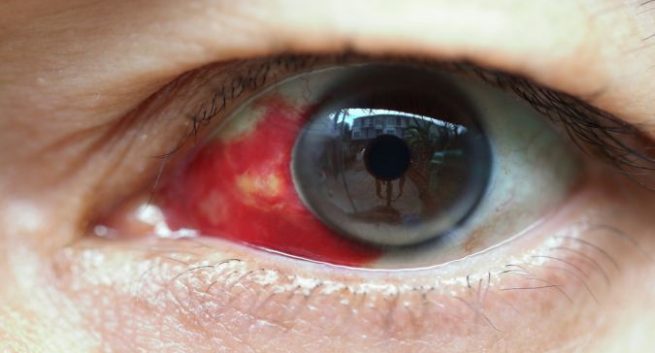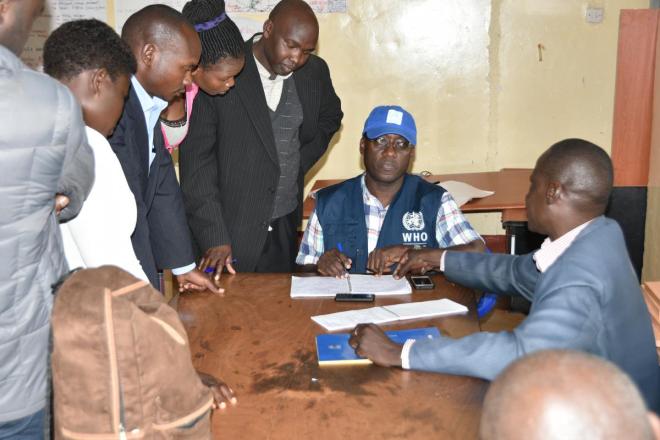
So first of all let me start this article by making two statements:
a) I have decided that from now on every Tuesday will be ‘Developing World Tuesday’. I will focus on issues facing the developing world, news stories emerging from those nations, and I will try to showcase individuals who I feel have really made a difference in their countries.
b) This is not an opportunity to pass judgement on the developing world. Not every story will be about famine, civil strife, illegal poaching and war. However it is important that we recognise that some of the issues facing the developing world are much, much different to the issues that we face in the so-called ‘developed world’. It is also important that we recognise that, as unfortunate as it may be, places like the African subcontinent and the Former Soviet Republics often slip through the net when it comes to the reporting of mainstream news. I will endeavour to rectify this in part through these ‘Developing World Tuesdays’.
Right…now on with the show.
Insidious Disease Spreading In Middle Africa?
So…an alarming story flashed across my dashboard today. In December 2017 three people died in South Sudan due to contracting a disease which is commonly being referred to as ‘Bleeding Eyes Fever’. The situation then escalated somewhat in January 2018 when – across the southern border in Uganda – a nine-year-old girl tragically died after exhibiting similar symptoms. Reports are varied, but it is now believed that up to eleven people have died in the two countries and many more may have been exposed to the disease. Countries that border Uganda and South Sudan have been named ‘at risk’ of viral infections; those names are Sudan, Kenya, Ethiopia, Central African Republic and the Democratic Republic of Congo.
Whilst there is still some debate, it seems that there are two separate viruses responsible for the recent deaths. In the case of South Sudan, the illness has not been formally identified but is thought to be of the Viral Haemorrhagic Fever (VHF) family. Disturbing reports featured in The Daily Express claim that the disease could be a new strain of plague – related to the infamous ‘Black Death’ which killed over 50 million people in the 14th Century. In 2017 plague killed hundreds in Madagascar, and it is now feared that the disease may have developed into a new strain and made the jump to mainland Africa. This cannot be taken as solid truth though as virologists are still studying samples taken from the infected people. Encouragingly, it has been confirmed by the World Health Organisation (WHO) that – as per laboratory results – the disease in South Sudan is NOT Ebola, Marburg, Crimean-Congo Haemorrhagic Fever (CCHF), Rift Valley Fever or Sosuga virus.
However, in the case of the nine-year-old girl who died in Uganda…whilst the Secretary of the Ugandan Health Ministry initially denied the fact – confusing the public greatly – it appears that there has been a minor outbreak of CCHF. The girl, who came from the rural district of Nakaseke, tested positive for the disease and up to 60 people are now being tested by health officials after fears of exposure to the virus. Seven have already fallen ill.
CCHF is similar to the haemorrhagic variant of Dengue Fever and it is caused by tick-bites or contact with infected animals (usually farming livestock); after a human is infected however, the virus can spread from person to person easily via bodily fluids. In this manner it is similar to Ebola, which I am sure we all remember vividly from the 2014-2016 epidemic in East Africa. Symptoms of CCHF are also similar to Ebola and include vomiting, headaches, very high fever and bleeding from the orifices. It has a frightening mortality rate of 25-40%.
Now another story arises – Rift Valley Fever (RVF) has also hit the nation of Uganda at the same time as CCHF. Cases have been reported as recently as January 19th 2018 and three people have already succumbed to the disease. RVF is also spread by an infected animals or mosquitos, however it does come in two variants – mild and severe. Those who suffer the severe version of the illness experience muscle pains, fever and bleeding into the brain; the mortality rates in these cases can be as high as 50%. It seems that Uganda is in the grip of a serious health crisis that is worthy of international attention.
Reassuringly, the WHO has a presence in Uganda and is advising the Health Ministry on how to contain the outbreak of these two serious viral diseases. Cattle spraying has begun in the country, designed to kill the ticks that transmit CCHF. Animal handlers have been advised to wear protective garb when inspecting and herding their livestock, and people throughout the country are being advised to boil all animal milk and ensure meat is thoroughly cooked to avoid contracting the viruses.
Panic is a very strong thing, and already the government of Cameroon has been forced to deny an outbreak of a haemorrhagic fever in its capital as fear grips Middle Africa.
My thoughts are with the people of South Sudan and Uganda who are suffering with these dreadful illnesses. Let’s hope that all parties concerned have learned the lessons taught to us by the 2014-2016 Ebola outbreak: do not delay – preventative action and community education campaigns must be undertaken NOW to arrest the spread of CCHF and RVF. The local people cannot be expected to triumph over a disease unless the government educates them on how to recognise it and subsequently deal with it.

Laura. This is a really interesting blog. As it is worrying to read. It makes you wonder what else is out there and how much the authorities will or indeed can help. Hmm. How much we don’t know rather than how much we do know. And of course it’s the poor who will take the initial blows and the ones who need us most to help educate them. And it also opens up an old old argument. Does charity begin at home? Do we have enough of our own sad cases who need our help, or do we have the compassion and perhaps future foresight to help and educate those in, for example, Uganda? Keep writing.
LikeLiked by 1 person
Thank-you very much for your kind words. I will indeed keep writing and I hope that my writing continues to hold your interest. Laura.
LikeLike